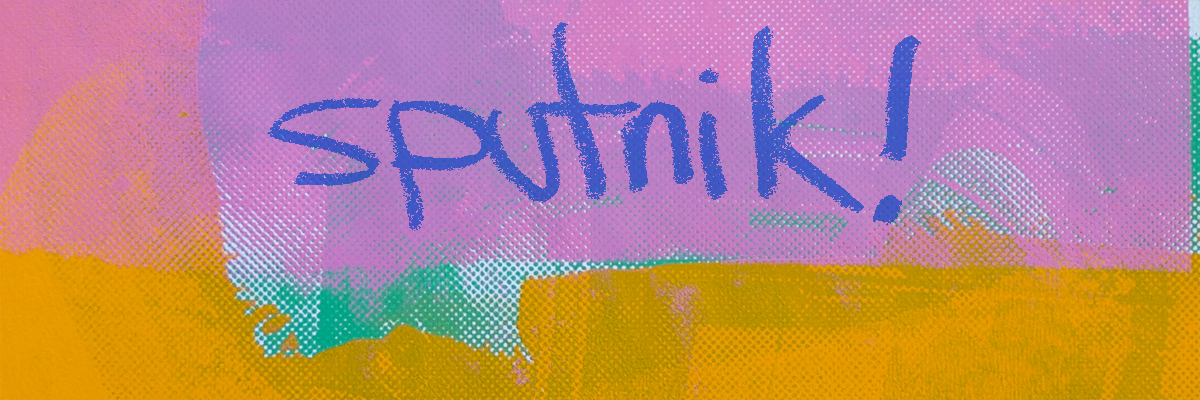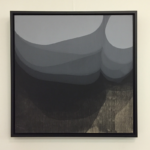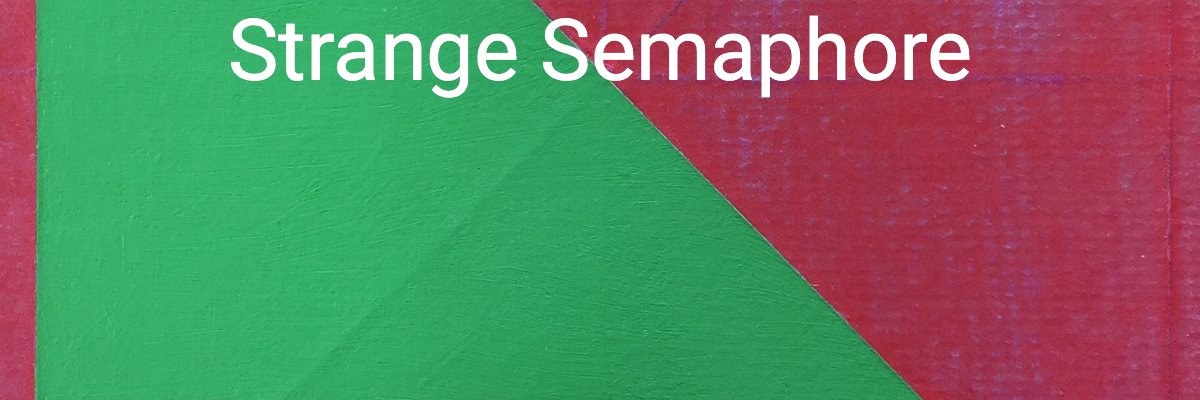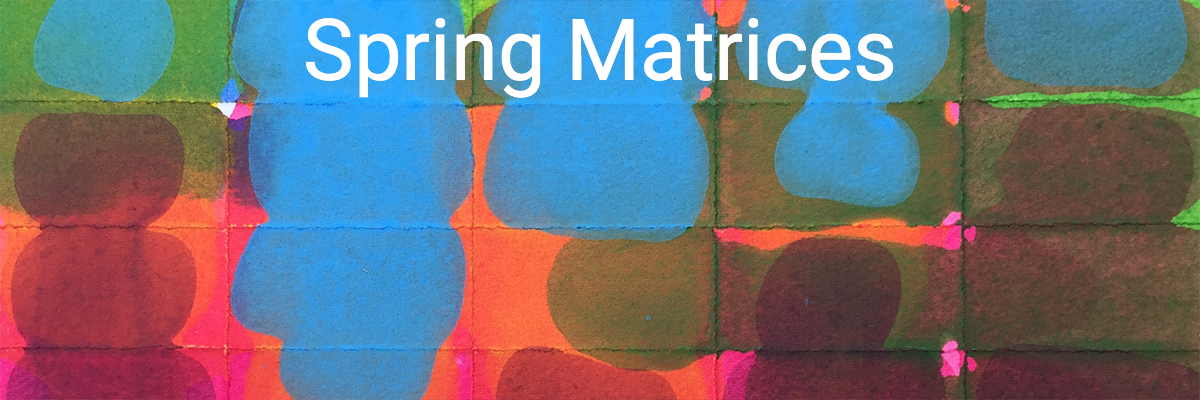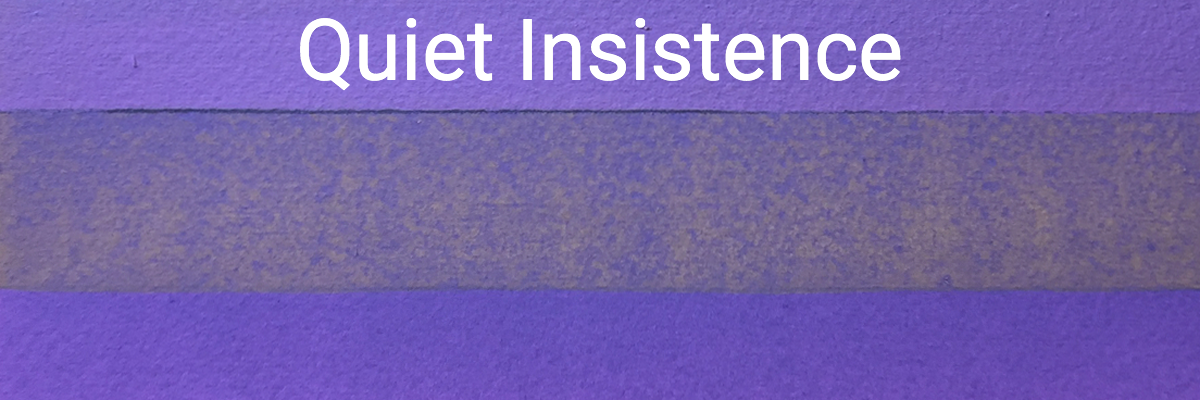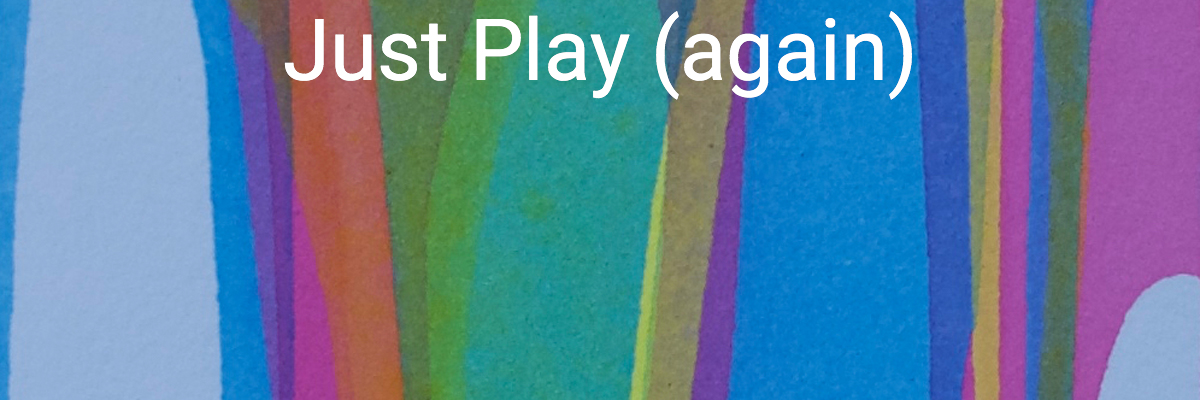
Kids really are the best. They live life like they really mean every minute of it.They go everywhere at a gallop until they’re too pooped to go on, and rarely giving much thought to what happens next. When they do give it some thought, it’s with the faith that it’s probably going to be AWESOME!
I figured the TD Art Gallery Paint-in was going to leave me exhausted and spent. There was a lot of “peopling” going on, which I’m really not used to. It turns out that the exact opposite happened and the day left me energized and inspired. That’s at least in part due to the time I spent making “colour wheels” with the kids. A lot of them knew mostly how colour works, but to see their eyes light up when skeins of yellow paint rolled over red to make orange was pure magic.
So, inspired by the kids I met on Moss Street, I decided to return to where it all started, with the “Just Play” series. Amazing things can happen when I approach a new project without expectations of the outcome. Painting for the sheer joy of seeing the colours materialize in front of my eyes. I suspect “Just Play” will become my touchstone when I start taking myself too seriously, or when I’m bent on the outcome of one project or another.
You can read more about the “Just Play” series here, and check out more of the actual work here.
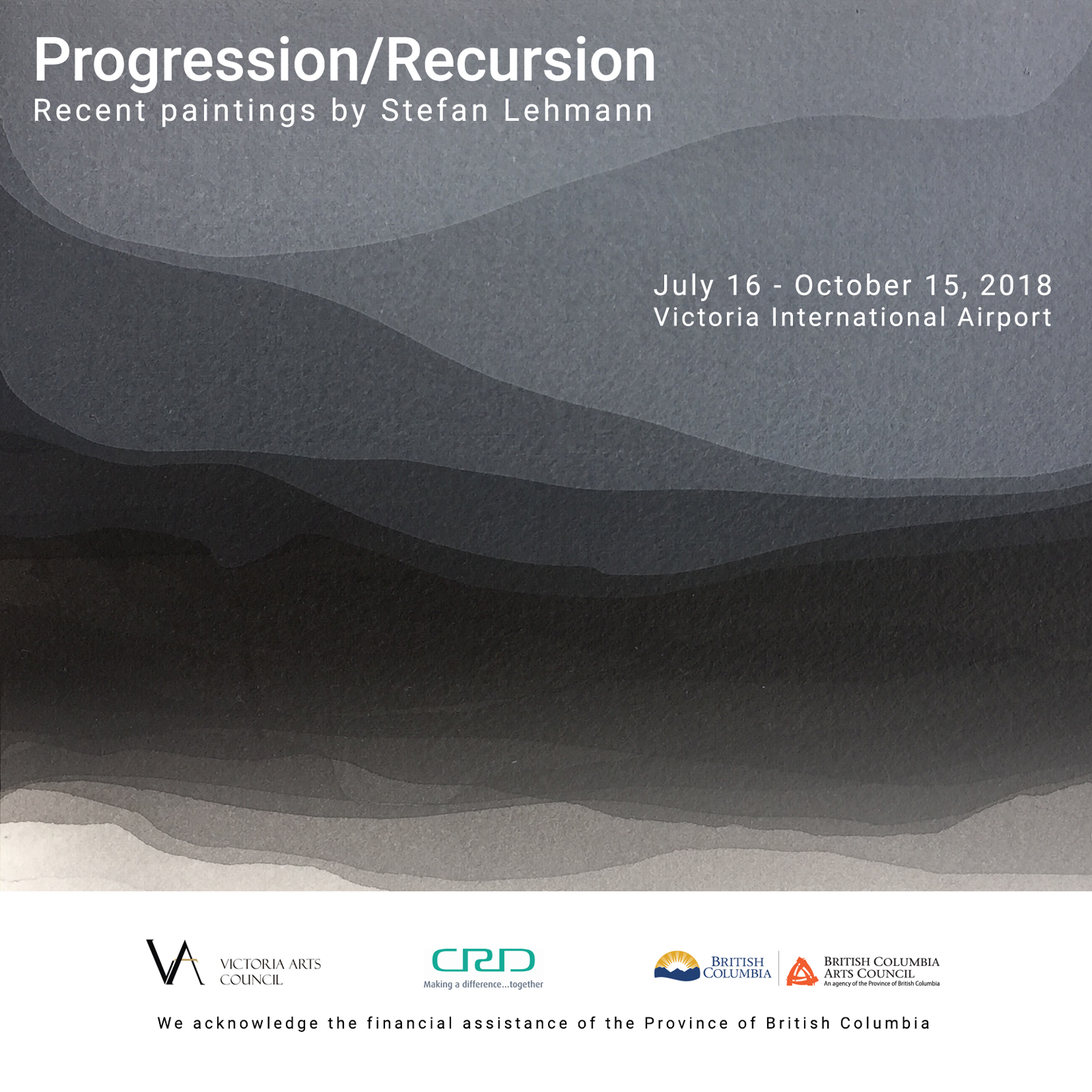
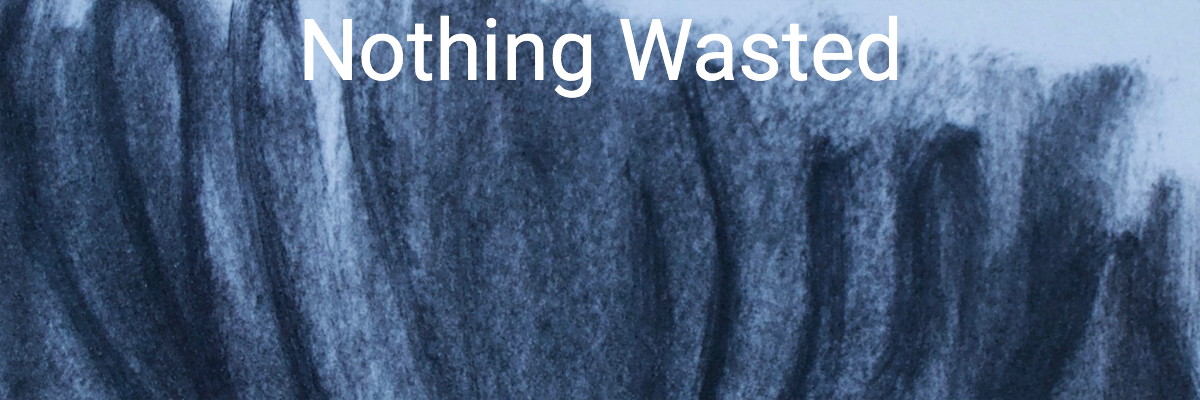

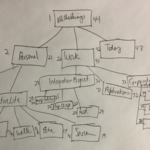 In my life as a developer, I’ve been preoccupied for the last little while developing a task management tool I actually like using. It’s not easy because I use a technique called recursive deconstruction: take one task and break it down into parts, then break down those parts into parts, and so on, and so on, until you’ve got a whole pile of little tasks you can take quick action on, pick up and put down within a few minutes. Problem with most task management tools is there’s a limit to the recursion you can do – you can only ever break things down two, maybe three times and then you’re done.
In my life as a developer, I’ve been preoccupied for the last little while developing a task management tool I actually like using. It’s not easy because I use a technique called recursive deconstruction: take one task and break it down into parts, then break down those parts into parts, and so on, and so on, until you’ve got a whole pile of little tasks you can take quick action on, pick up and put down within a few minutes. Problem with most task management tools is there’s a limit to the recursion you can do – you can only ever break things down two, maybe three times and then you’re done.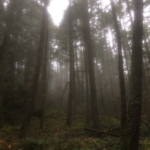 When I go trail running, I often get these beautiful views of the trees in the forest, receding into atmospheric perspective. The effect is highlighted by the fog that often covers hillsides in the forests of the Pacific North West. As the trees recede into real perspective, they also get smaller, which also happens to the space between them. So the landscape becomes an illustration of the work I’m doing with recursion in my web development.
When I go trail running, I often get these beautiful views of the trees in the forest, receding into atmospheric perspective. The effect is highlighted by the fog that often covers hillsides in the forests of the Pacific North West. As the trees recede into real perspective, they also get smaller, which also happens to the space between them. So the landscape becomes an illustration of the work I’m doing with recursion in my web development.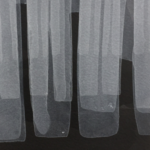 I’ve been looking for a way to paint landscapes without becoming a landscape painter. What I’d like to learn to do is to evoke a sense of the landscapes in which I live that’s more than simply a photographic representation. It’s more than emotion too. There’s a deep logic to the landscapes in this part of the world that just feels right to me and which I’m not sure I’ll ever be able to articulate in words. Hopefully I’ll get there visually though.
I’ve been looking for a way to paint landscapes without becoming a landscape painter. What I’d like to learn to do is to evoke a sense of the landscapes in which I live that’s more than simply a photographic representation. It’s more than emotion too. There’s a deep logic to the landscapes in this part of the world that just feels right to me and which I’m not sure I’ll ever be able to articulate in words. Hopefully I’ll get there visually though.